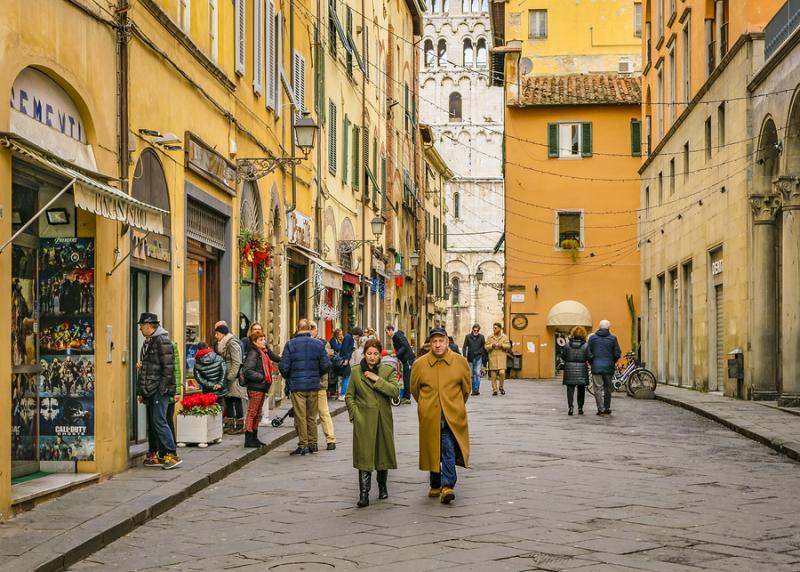As the temperatures start to cool in many places in Italy, it can be useful to have the right vocabulary to talk about the change in weather. Italians love to comment on the weather as much as we do! Here is a handy guide to having a conversation about the weather with your Italian neighbours, colleagues, friends or family.
Let’s start with some simple questions:
Com’è il tempo oggi? – What’s the weather like today?
Fa freddo? – Is it cold?
C’è la pioggia? – Is it raining?
C’è la neve? – Is it snowing?
C’è il vento? – Is it windy?
Freezing cold
If the weather is particularly cold, there are some options you can choose from to express this:
Fa freddo – It’s cold
Fa freddissimo – It’s really cold
È gelido – It’s freezing
È ghiacciato – It’s frosty
Fa un freddo cane – It’s freezing cold or bitter cold (literally this means it is a cold dog!)
Fa un freddo pungente – It’s bitterly cold
Ho la pelle d’oca – I have goose pimples
C’è un’ondata di freddo – There’s a cold snap, a cold spell or a period of cold weather
Tutto è coperto di ghiaccio – Everything is covered in frost
Sto congelando – I am freezing cold
Grey and cloudy
To talk about clouds, mist and fog, you can use some of these words:
Ci sono le nuvole / È nuvoloso / C’è una copertura nuvolosa – It’s cloudy or it’s overcast
C’è una nuvola scura – There are dark clouds
Ci sono le nuvole temporalesca – There are rainclouds
C’è la nebbia – It’s foggy
C’è la foschia – It’s misty
A snow storm
If the temperature falls below freezing, you may see snow or ice in many places in Italy during the winter, here are some phrases you could use:
Nevica / C’è la neve – It’s snowing
C’è la bufera di neve – There’s a snow storm
Guardi i fiocchi di neve – Look at the snow flakes
Nevischia – It’s sleeting / there’s sleet













